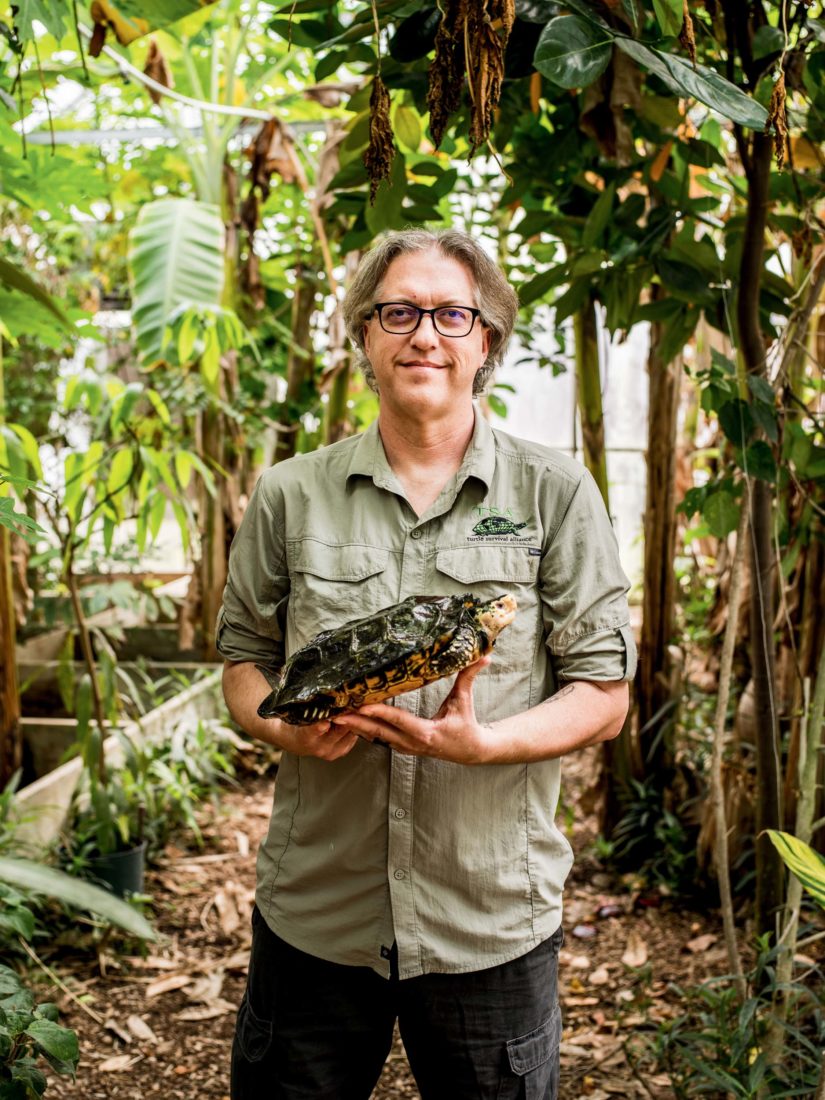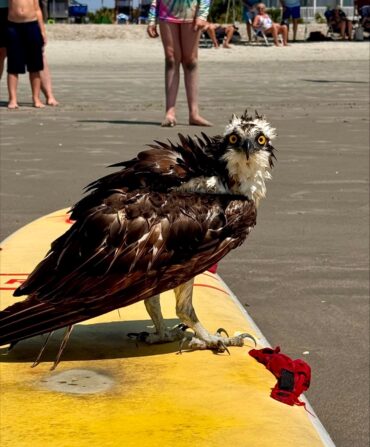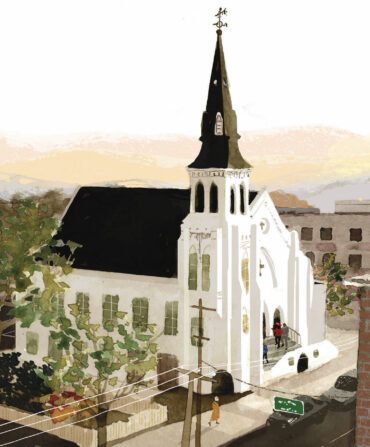It’s impossible not to wonder what’s really going on at the compound in Cross, South Carolina, an hour north of Charleston. The one off of a gravel road in the thick of loblolly pines, with the razor-wire fence and the CAUTION and BEWARE OF DOG signs, the big guard dogs glaring through the posts. Locals speculate about its mysteries, but behind the spiked gates lies not a drug den, or a secret government experiment, but an ark: a crucial collection of the world’s rarest turtles. Sulawesi forest turtles, inching their heads from under the banana leaves in a greenhouse turned jungle. Asian big-headed turtles, with their bulbous skulls. And turtles so tiny and dark green they’re camouflaged to the naked eye. In all, six hundred turtles representing twenty-five species live inside the Turtle Survival Center (TSC), one of the only such facilities in the United States.

Some of these reptiles, explains Cris Hagen—the director of animal management for the Turtle Survival Alliance, the global turtle nonprofit that owns the Center—“have a bounty on their heads.” But “there can’t be a dollar amount put on an animal. The security is because many of them are irreplaceable.” Hagen, a forty-seven-year-old biologist and herpetologist who, along with four other employees, lives nearby and cares for the turtles, has his devotion writ on his body: tattoos of a snake-necked turtle on his left ring finger, six Batagur turtles in breeding coloration on his lower leg, an Indian narrow-headed softshell on his back. Since 2013, he and the other staffers have worked to turn the Center into a Noah’s ark of sorts for these critically endangered species. “We are building and growing, not just to better take care of these animals, but to be able to build a population—keep a genetic supply—so they don’t go extinct,” says Carol Alvarez, the TSC’s veterinary care manager and operations specialist.
To that end, the Center has renovated a hatchling room, in a red barn with water pipes timed to filter in clean water at 3:00 p.m. every day. There, babies wiggle to life under UV lighting, though getting the turtles to breed can pose its own challenge; sometimes it takes months, even years to get the females interested. When it finally happens, the turtles wag their tails and smell each other, circling around and bobbing their heads before copulation.
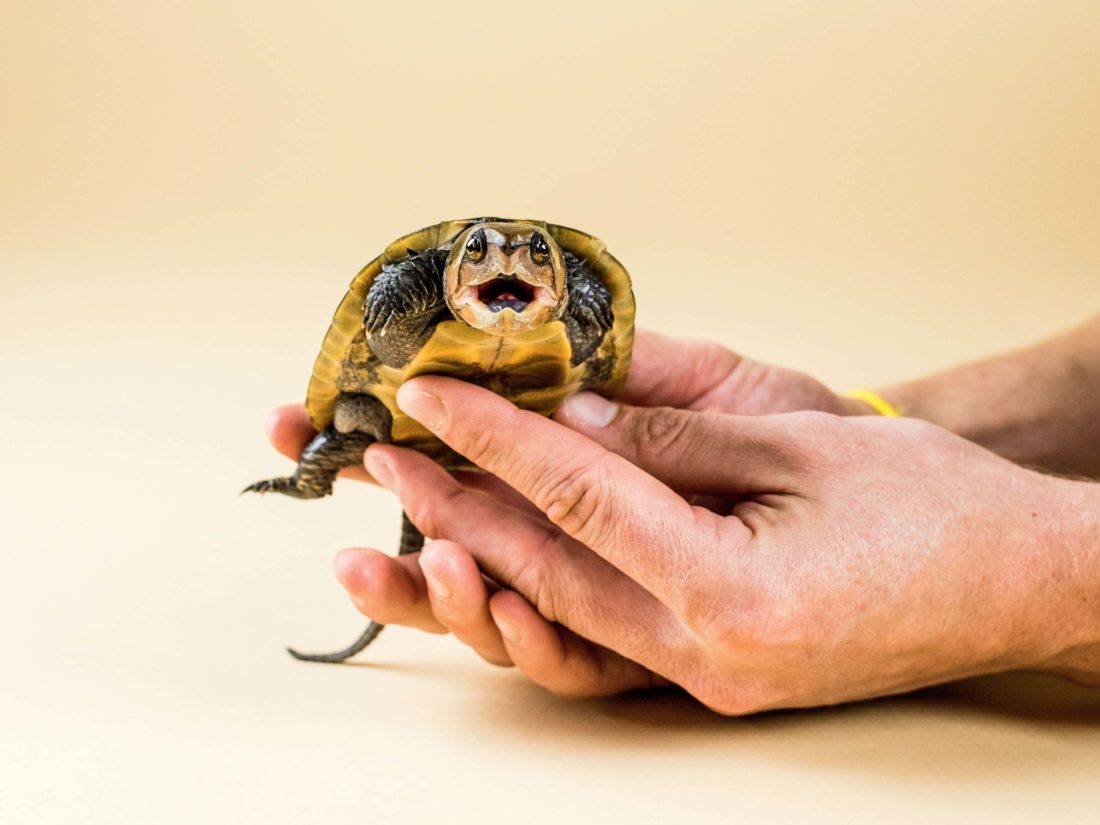
Otherwise, the turtles live in different areas of the compound’s four acres, segregated by environmental preference, chewing on flowers, zucchini, and tomatoes. Some reside in specially made plastic bins in the greenhouse, under the shade of banana and papaya trees, the temperature inside set to fluctuate in the seventies and eighties. Some hide in enclosures in the Cuora complex, or sleep in mulch or in “hiding huts” in the tortoise barn. Cross’s climate, Hagen says, works well for the turtles, which mostly come from temperate zones in North Vietnam, China, Laos, and Myanmar, many of them having survived poaching, brutality, and the food trade. Most of the turtles not bred at the Center arrive as donations or confiscations: A woman in Hong Kong, for instance, found out about the TSC and in 2016 sent Hagen eighty-five Asian box turtles that had been living in her apartment all stacked up in plastic sweater boxes; they ended up being “very important for the species’ global survival plan,” he says. This year, the Center hopes to begin expanding its breeding and protection efforts to include Southeastern turtles.
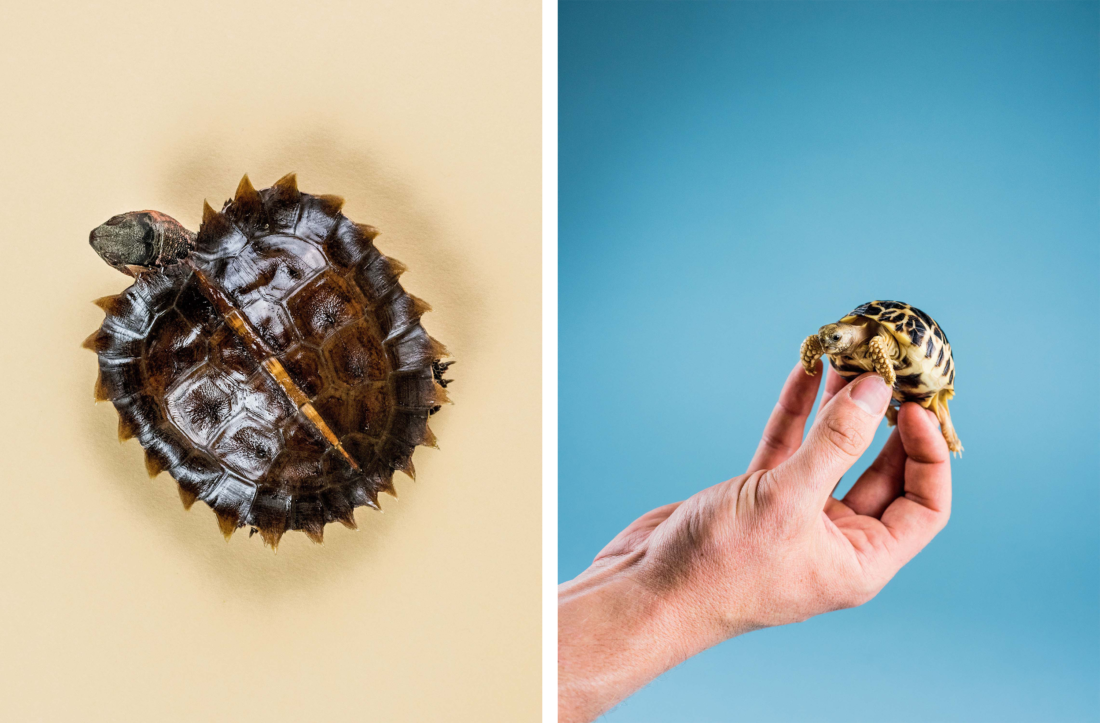
Certain species have almost never been observed in the wild, and Hagen and his coworkers are some of the few people learning firsthand how they behave in captivity. “The Cuora aurocapitata, that’s the golden-headed box turtle—they are very funny turtles,” says Alvarez, who treats sick reptiles in an on-site medical clinic. “They’re very shy; once they get to know you, they’ll watch you. If you make a move, they scatter under cover.” Despite the security measures, the TSC does allow visitors to observe, too: college classes, Rotary clubs, Girl Scouts. Hagen and the staff also take a few of the turtles to outreach events, to places like Holy City Brewing in Charleston, which has created special beers to benefit the TSA; the nonprofit relies on donations for salaries and upkeep.
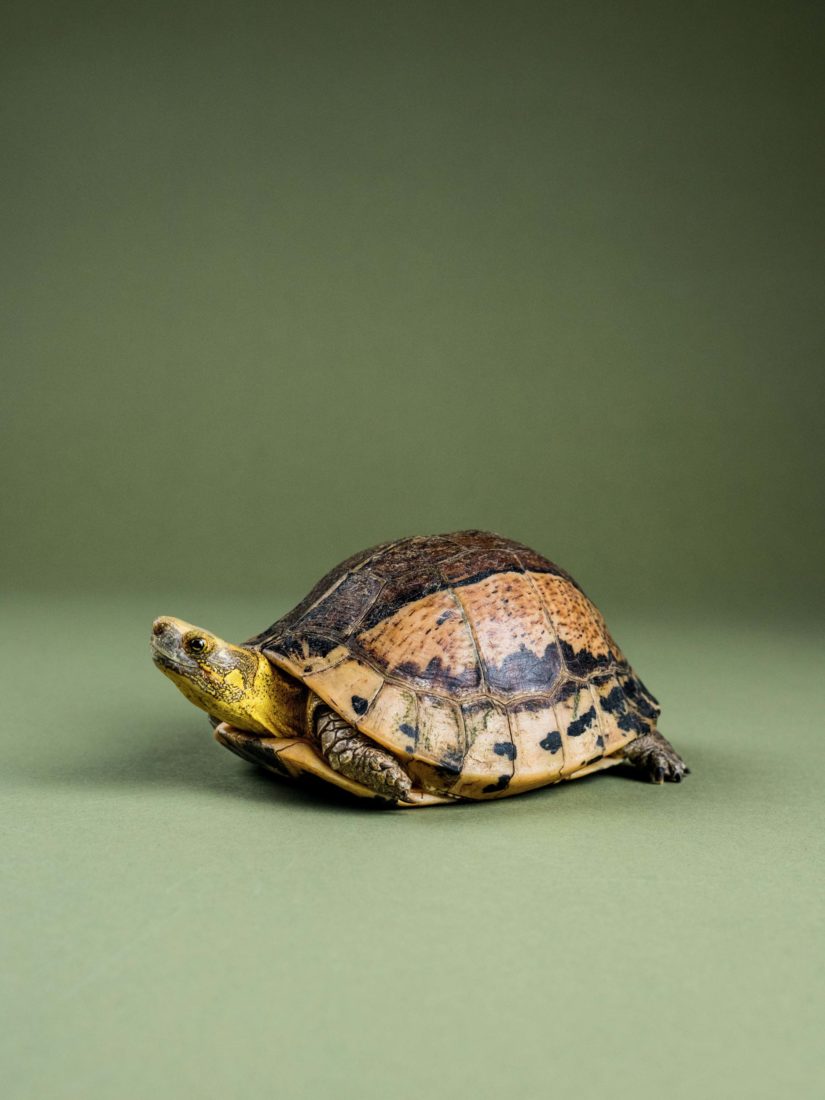
On a cool day in March, Hagen, wearing an eastern box turtle T-shirt, kneels beside an enclosure in the facility’s Cuora complex, searching for one turtle in particular—the rarest at the TSC. The species abides under a canopy with wire mesh siding and a concrete frame poured two feet into the earth so no predators, like otters, can get in. “Look straight down,” he says in a near whisper. “You can see her there.” He’s referencing the Cuora aurocapitata, that golden-headed box turtle, her opalescent eyes staring at Hagen. “These are presumably functionally extinct in the wild. They are, mostly, gone.” Except for here, behind a razor-wire fence in Cross.
This article appears in the June/July 2020 issue of Garden & Gun. Start your subscription here or give a gift subscription here.


